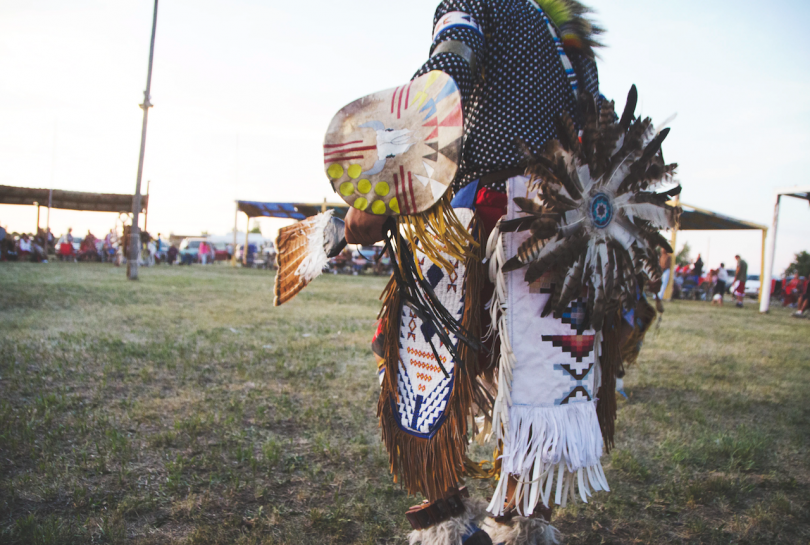While the recent spotlight is focused on the ever-expanding realm of cannabis, the history of the plant and its relationship with humans date back thousands of years. Worldwide attention highlighting the uses of cannabis for its health benefits, and hemp products seeing a resurgence in their evident medicinal potential, make it an exciting age for enthusiasts and supporters. In a historical context, however, it’s important to consider the role and importance of cannabis in ancient cultures to understand the modern growing industry.
Native American cultures have inhabited North American land for thousands of years. Their steadfast ability to survive in harsh conditions and utilize the natural environment around them to their advantage enabled them to thrive in a wild land. The variety of cannabis we are most familiar with today, Cannabis sativa, is not native to the Americas and therefore was not used by Native American cultures until early European settlement in the 17th and 18th centuries. Instead, these original Americans used an indigenous species of the plant, Apocynum cannabinum.
Native Americans mostly used the fibrous plant for multiple everyday uses. The strong and fibrous properties of the plant made it ideal for ropes and cordage. Ropes could be fashioned in various sizes for different purposes from lashings for shelters to hunting accessories. Even more, the cannabis plant in any of its varieties was an easy-to-grow crop that produced high yields. This use of cannabis more closely resembles hemp production for industrial and textile purposes.
In addition to practical and functional uses, A. cannabinum, also known as Indian hemp or dogbane, was medicinally used in tribal medicine. It acts as a vasoconstrictor and is toxic for animals. Native Americans carefully prepared the plant as tea or poultice for other conditions, including heart palpitations, eye disease, and headaches. The Chicasaw and Choctaw tribes chewed the fresh root and swallowed the juice as a treatment for syphilis, and the Lakota used the milky sap of the plant to “burn-off” warts.
According to personal accounts, there were also some tribes who smoked cannabis as part of sacred ceremonies or for meditation-like purposes. Cannabis was not the only plant smoked in this manner with tobacco often being considered far more sacred and popular.
Today, Native Americans are again becoming involved with the cannabis and hemp industries as a means to support and benefit tribal life while taking advantage of the new era that once again allows the use and propagation of the plant. The Intertribal Hemp Association was established in 2016 to help benefit those Native Americans currently growing hemp on tribal and federal lands.
Image Source: Graphic 1








